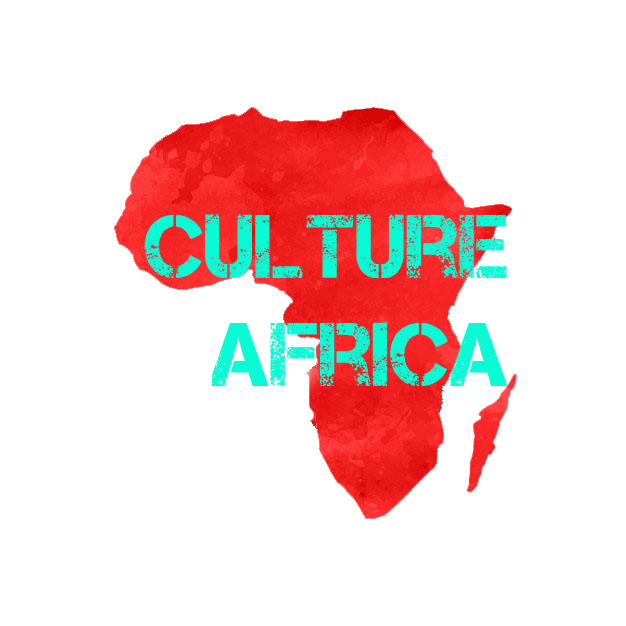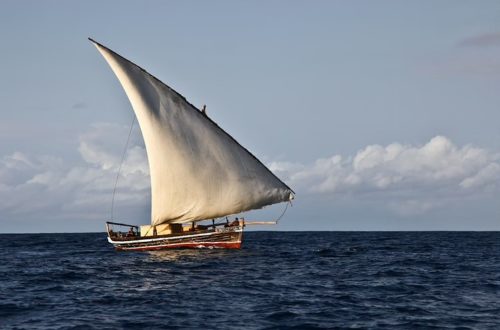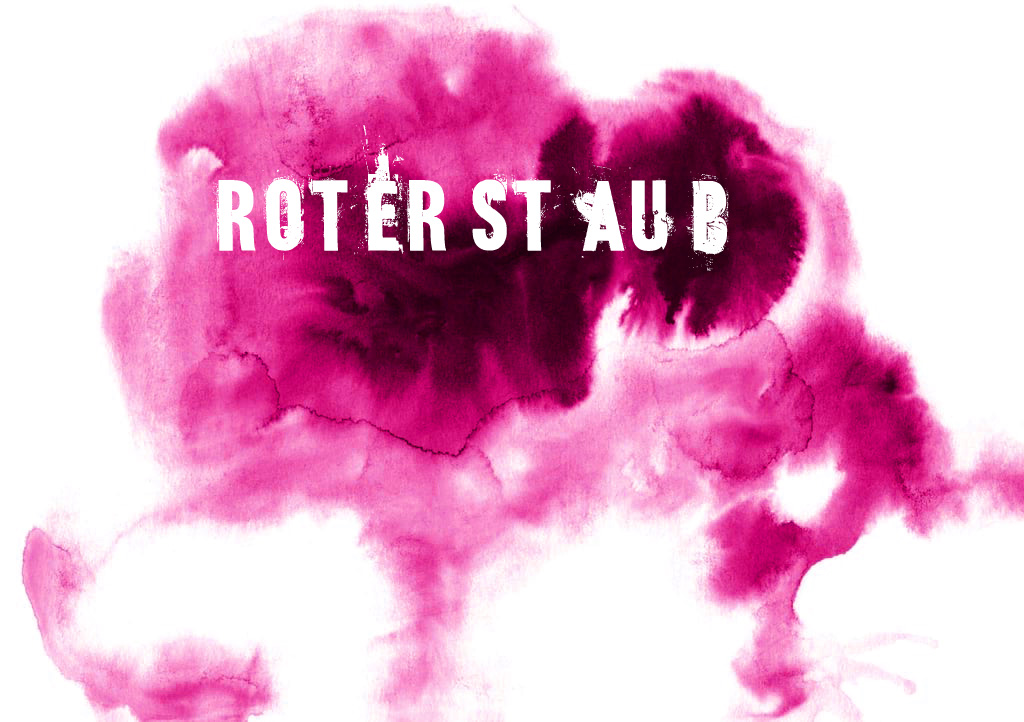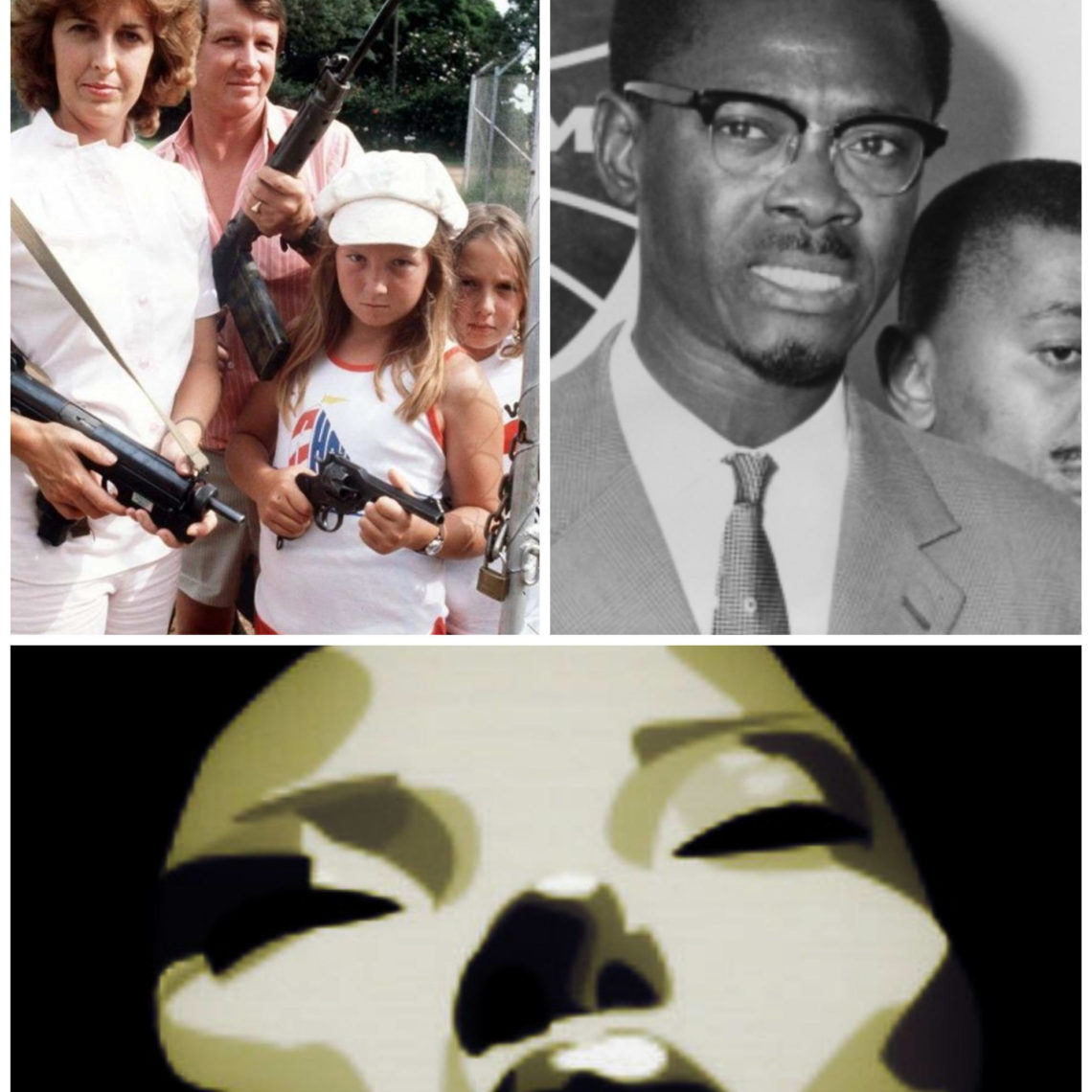
Shona_ Book Review – Rhodesia und Who killed Hammarskjöld?
I have read and enjoyed a few books on Rhodesia, in an attempt to understand the history of Zimbabwe. Below are two of my favourites.
Gendering the Settler State: White Women, Race, Liberalism and Empire in Rhodesia, 1950-1980 x Dr Kate Law

194 pages.
First published in 2015.
Finished reading on 24 May 2020.
Genre: Non-fiction.
White women cut an ambivalent figure in the transnational history of the British Empire. They tend to be remembered as malicious harridans personifying the worst excesses of colonialism, as vacuous fusspots, whose lives were punctuated by a series of frivolous pastimes, or as casualties of patriarchy, constrained by male actions and gendered ideologies. This book, which places itself amongst other “new imperial histories”, argues that the reality of the situation, is of course, much more intricate and complex. Focusing on post-war colonial Rhodesia, Gendering the Settler State provides a fine-grained analysis of the role(s) of white women in the colonial enterprise, arguing that they held ambiguous and inconsistent views on a variety of issues including liberalism, gender, race and colonialism.
I enjoyed this so much that I raved about it on Twitter. It was briefly free to read, and I’m very glad I had the opportunity to learn more about the role white women played in supporting the colonial state. Much of what I read tied together stories I heard from my mother and grandmother, and put those in context; so that was fun. It’s always wonderful to add to my extremely incomplete knowledge of Zim’s history.
Because of the way we are *not* taught this history, and maybe are incurious? and because Zim is such a small place – there were many shockingly familiar names in there.
It was also interesting to read about
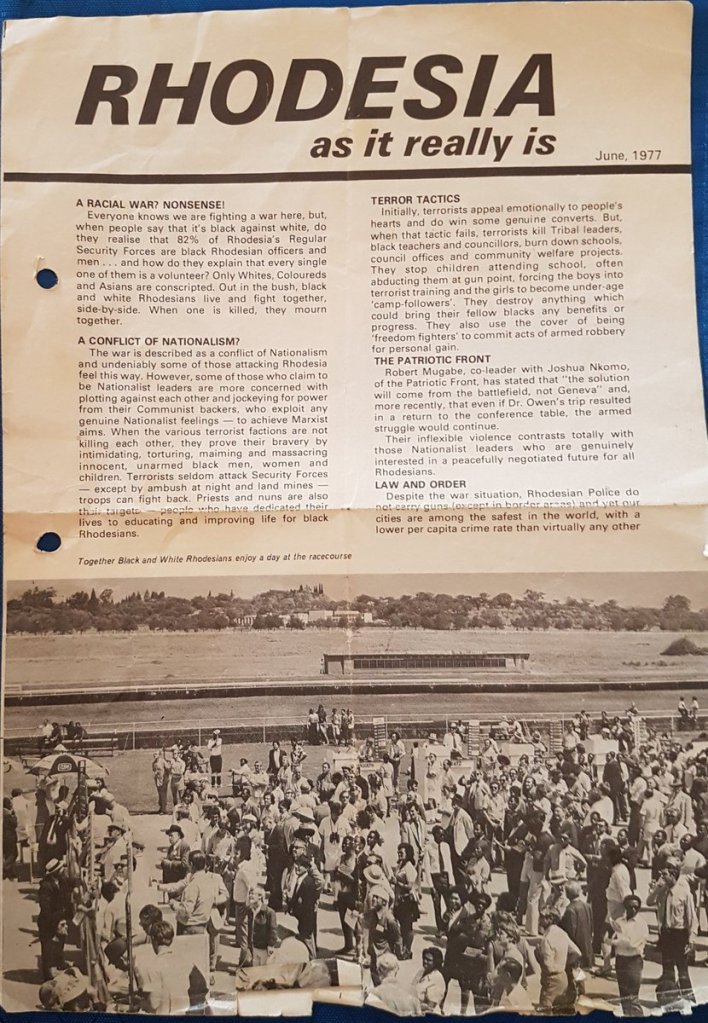
Link to my Twitter thread on this
Place where I snorted (racism only pretends to be geographically differentiated):

How we (Zim) have always wanted to be a province of South Africa

So close!
Depression-era Rhodesia really messed us up:

Depressing.
Yay, Homecraft! My grandmother has stories about this (and so does my mother, second-hand):

(Naturally better)
Got to love those Rhodesians!


What?
(More snippets on Twitter.)
This was an excellent read. Highly recommended for everyone who’s interested in Zimbabwe, its predecessor, or black/white relations in general. A necessary read for younger Zimbabweans, too, who didn’t live through this, and were never taught about it.
Also recommend for how accessible it is for non-academic readers like me.
Rated: 10/10.
Who Killed Hammarskjöld? The UN, the Cold War and White Supremacy in Africa, x Susan Williams

368 pages.
First published in2011.
Finished reading on 30 Oct. 2020.
Genre: Non-fiction.
Publisher’s blurb: One of the outstanding mysteries of the twentieth century is the death of Dag Hammarskjöld, the Swedish Secretary-General of the United Nations. On September 18, 1961, Hammarskjöld’s aircraft plunged into a dense forest in the British colony of Northern Rhodesia (now Zambia), abruptly ending his mission to bring peace to the Congo. Many suspected sabotage, accusing multinational powers and the governments of Britain, Belgium, South Africa, and the United States of plotting to murder the peace-seeking leader. British High Commissioner Lord Alport, who had been stationed at a nearby airport when the aircraft crashed, fueled further speculation by claiming Hammarskjold had flown elsewhere — even as his aircraft passed overhead. Also at the airport were white mercenaries known to stop at nothing to maintain white rule.Though the Rhodesian government blamed pilot error, Susan Williams shows their investigation suppressed and dismissed critical evidence. Though a subsequent United Nations inquiry could not rule out foul play, it had no access to the evidence to prove it. For the first time, Williams conducts a tense and often dangerous investigation into the Secretary-General’s death, consulting sensitive materials in Zambia, South Africa, Sweden, Norway, Britain, France, Belgium, and the United States, including a secret trove of damning documents and photographs. At the heart of her exposé is Hammarskjöld himself, a courageous and complex idealist who sought to protect newly independent nations from the predatory impulses of the Great Powers. Williams reveals how conflict in the Congo was driven less by internal divisions than by the determination of western forces to keep real power out of the hands of postcolonial governments. She also demonstrates the extent to which Rhodesia’s British settlers would go to secure white minority rule.
Cold War Africa was a truly fascinating place. This excellent book covers the death (killing) of Dag Hammarskjöld, the Swedish Secretary-General of the United Nations, in 1961, one of the pivotal moments in an era full of high drama.
Africa has been the playground of adventurers, monsters, and rogues. Did you know? >>
In the twenty-three years Léopold ‘owned’ the Congo, an estimated 10 million people–50% of the population–died as a result of colonial exploitation.
Some snippets from the book:
The book gives us an excellent picture of Roy Welensky, who was the last Prime Minister of Rhodesia and Nyasaland. Among things of interest:

Welensky, Premier of the Federation, contrasted with Tshombe
Welensky as whiner:


We also get a wonderful and sympathetic profile of Dag Hammarskjöld, who may have changed the trajectory of central Africa in the 1960s, had he been given a chance. We also learn a lot about the world powers behind the rogues, particularly the role of the US in destabilising central Africa in the 60s.
Some wonderful pictures in the book:




Shocking links:




Erm.

Oh.
Some interesting Zimbabwean nationalist trivia:

This book should be of particular interest to anyone who reads about Cold War Africa, as well as those interested in Rh*desian shenanigans. I found it astonishing and compelling — a real-life spy story. The author conducted a great deal of research, and the linkages made are truly excellent.
Highly, highly recommended!
Rated: 10/10. I repeat: this book receives my highest rating, and I cannot recommend it enough.
shonatiger is a blogger currently based in Harare, Zimbabwe. Her latest blog is at shonareads.wordpress.com, where she blogs about the books she reads. She can also be found on Twitter at @shonatiger, and on “Bookstagram” at shonareads_


